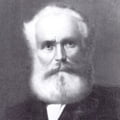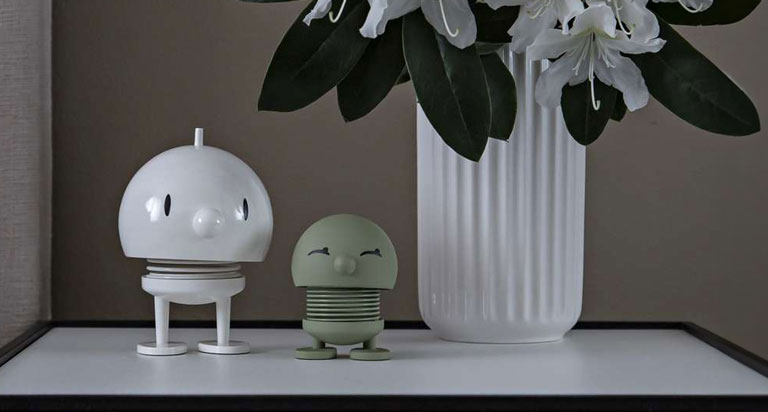
Michael Thonet, born in 1796 in Boppard, founded his furniture workshop in 1819, experimented with laminated wood from approx. 1830 on and produced innovative chairs in the Biedermeier-style. This worked with huge success, so that the Count Metternich invited him to Vienna in 1842. The Austrian court patented Thonet’s method of forming laminated wood, and he worked with the Vienna carpenter Carl Leister from then on, manufacturing chairs for the Lichtenstein Palace.
With the support of the prince of Lichtenstein, as well as the British architect P. H. Desvignes, Thonet founded a furniture workshop together with his sons in the year 1849. The company was based in Gumpendorf, a Vienna suburban, and it concentrated on the development of techniques for the serial production of furniture from 1851 on, including forms of massive wood, using steam. The company was renamed Gebrüder Thonet in 1953, moved into larger rooms and began producing the whole assortment in series. The forms of their designs however, were influenced by the trend of the New-Rokoko with its swung forms, but still different by the simplicity of the single elements and the reduction of the décor. They opened their first factory in 1857 and became continuously larger along the years.
The exceptional success of the company is mainly due to their sticking on mechanic production methods, allowing them to offer their products less expensive. The famous chair model No. 14 cost less than a bottle of wine in 1860, and already in 1891, astonishing 7,300,000 specimens of these widely spread coffee house chairs were sold.
Website by Michael Thonet
 Thonet
Thonet
 Vitra
Vitra
